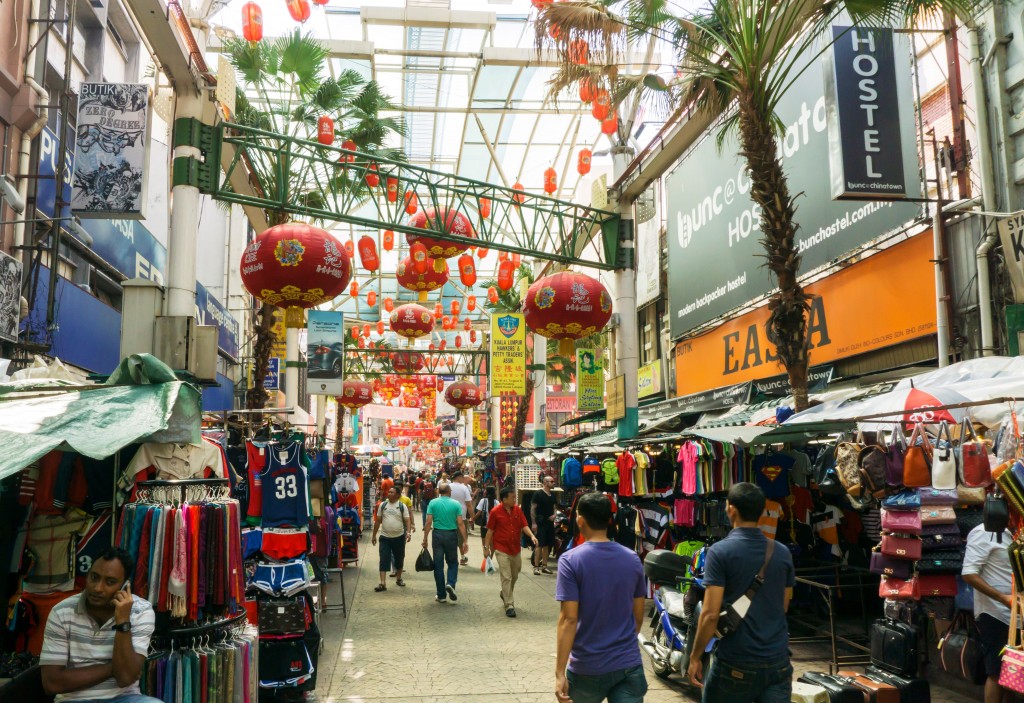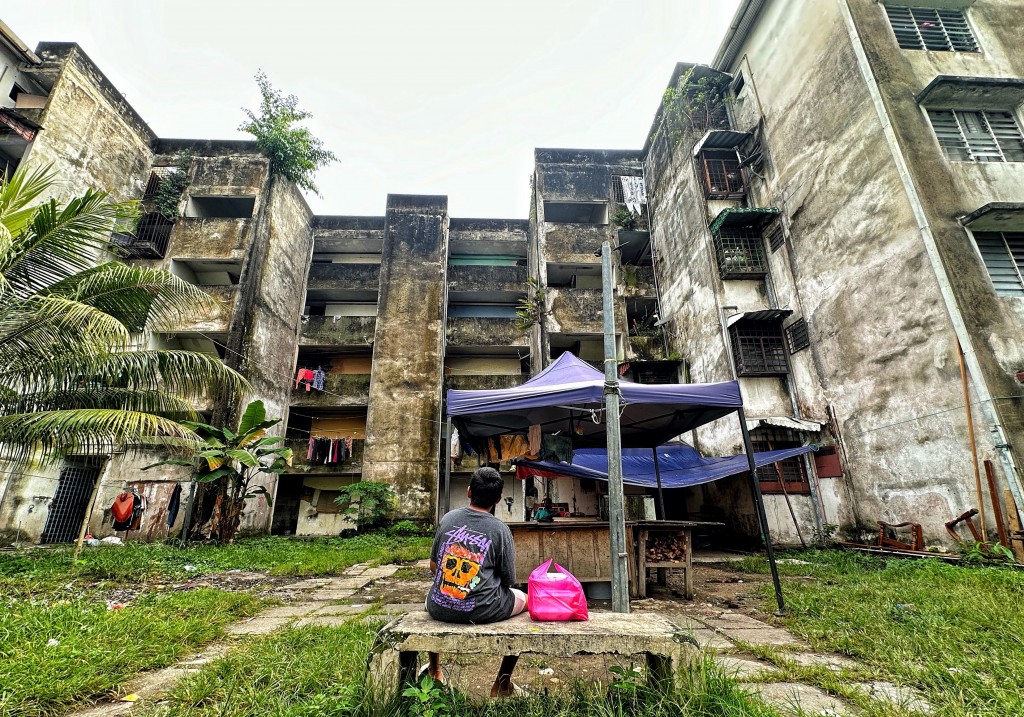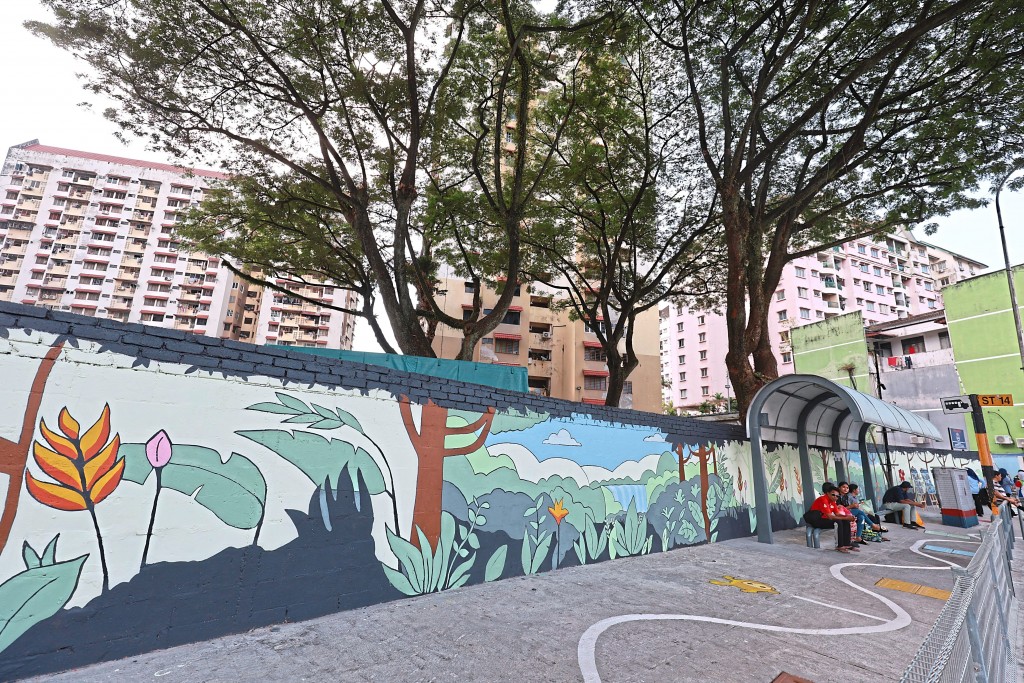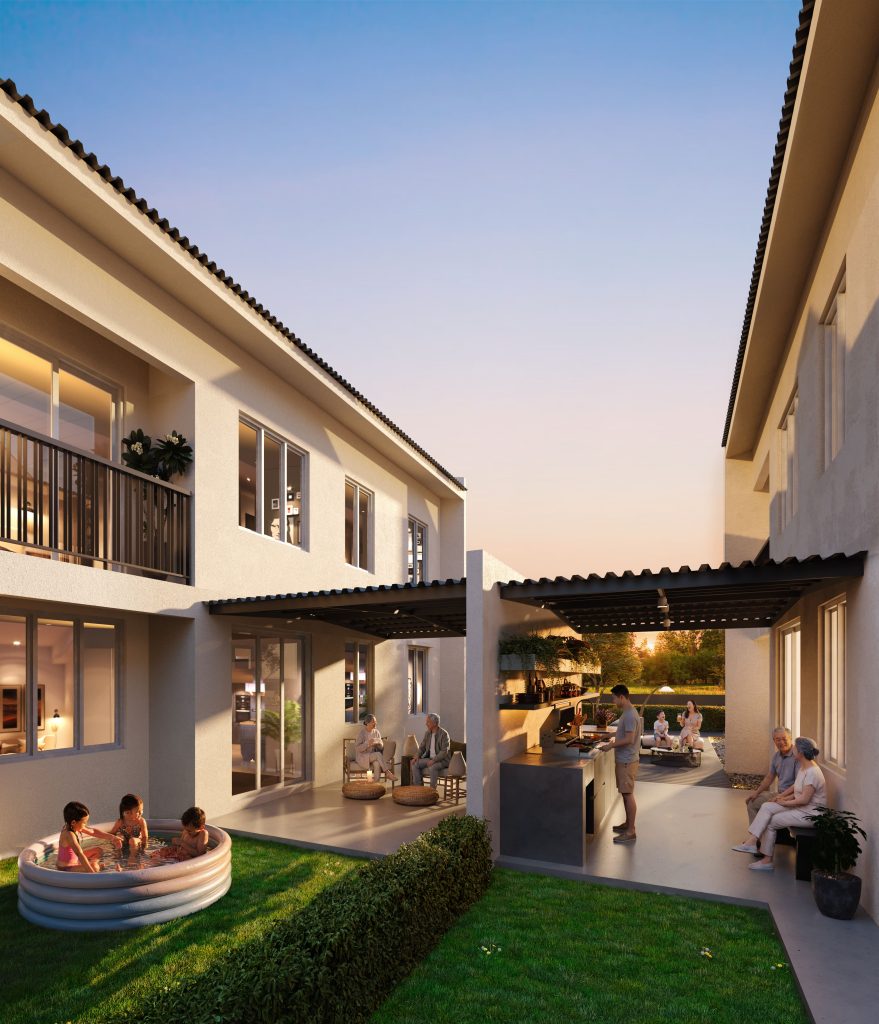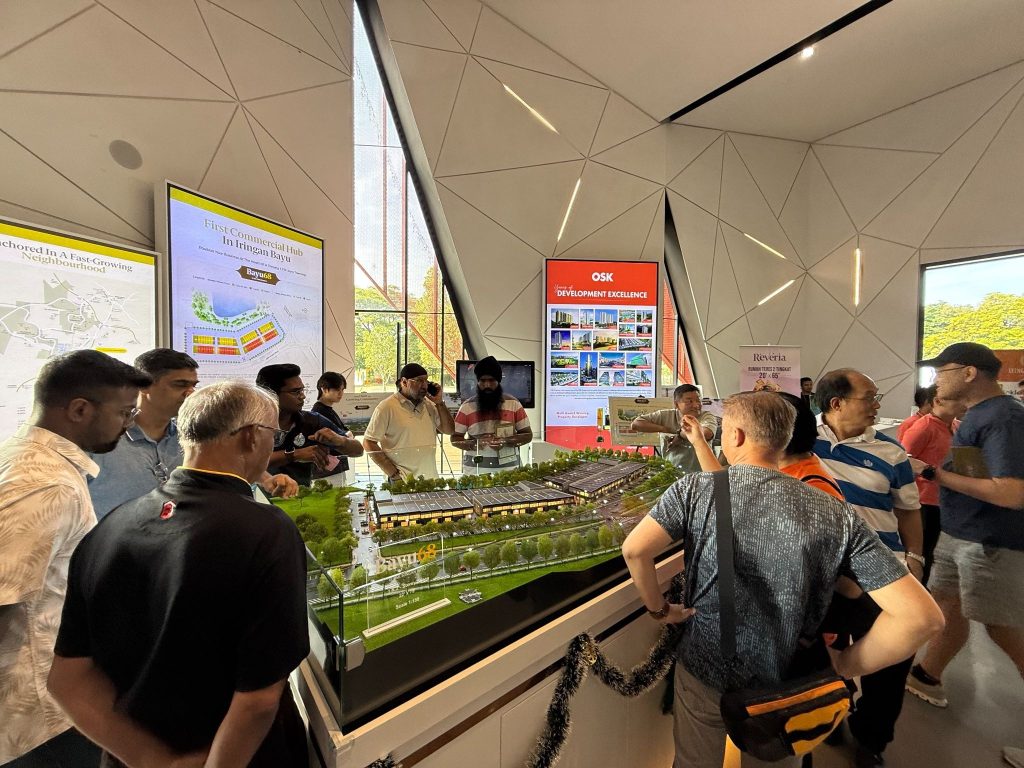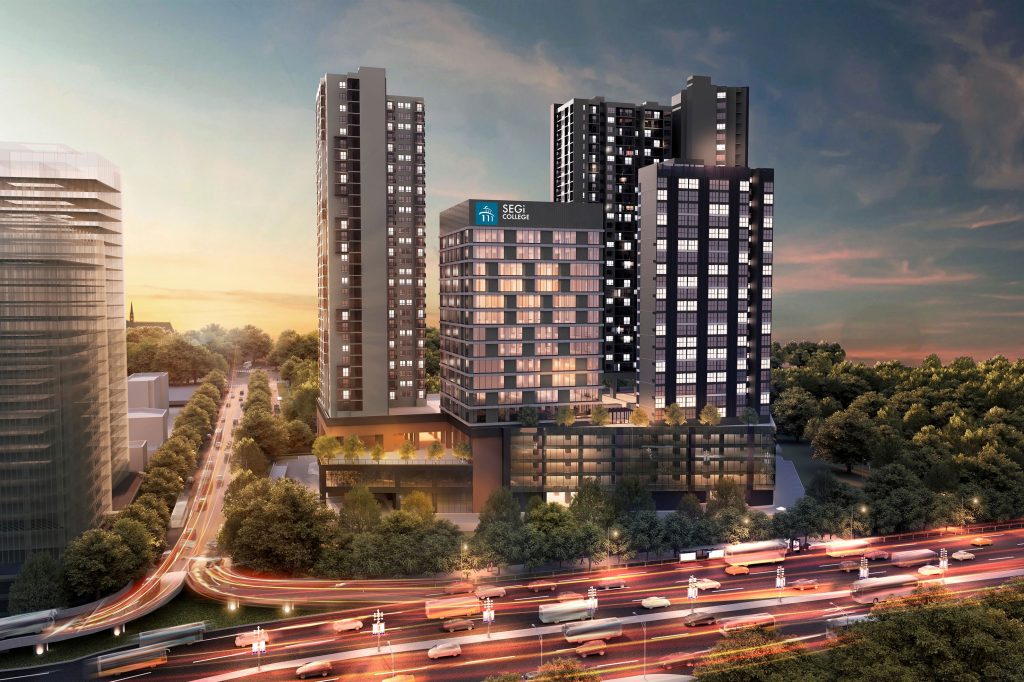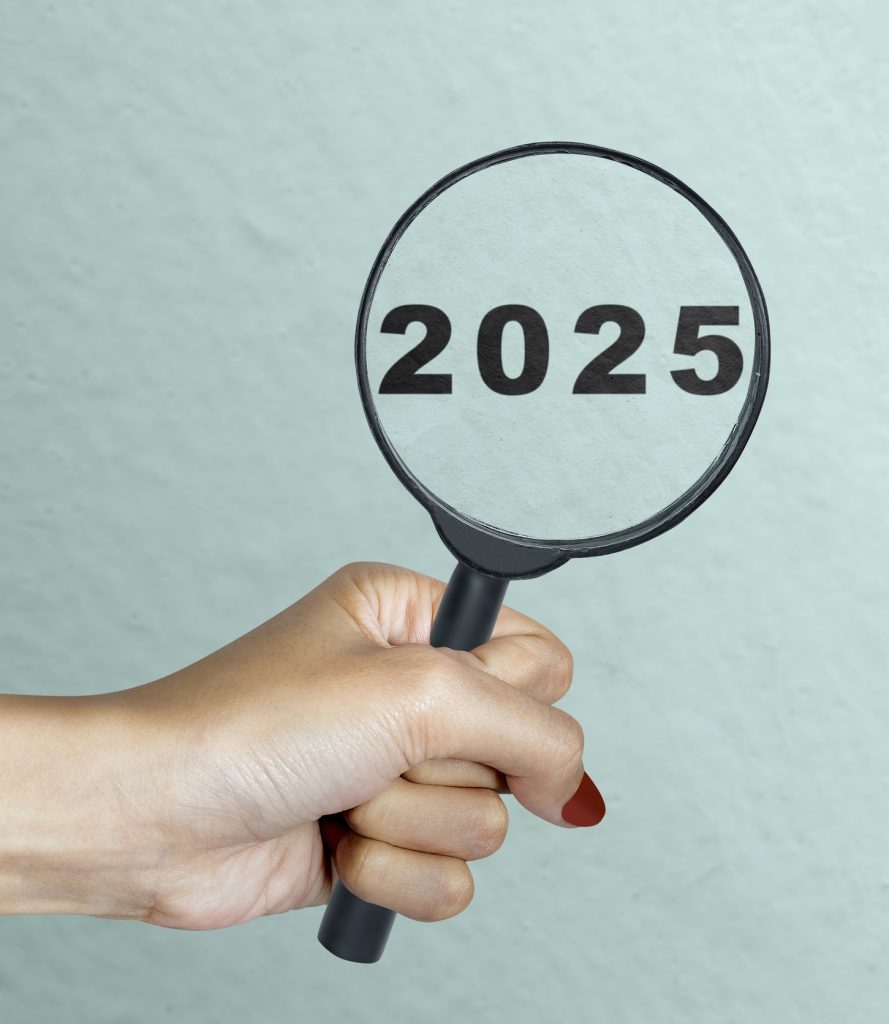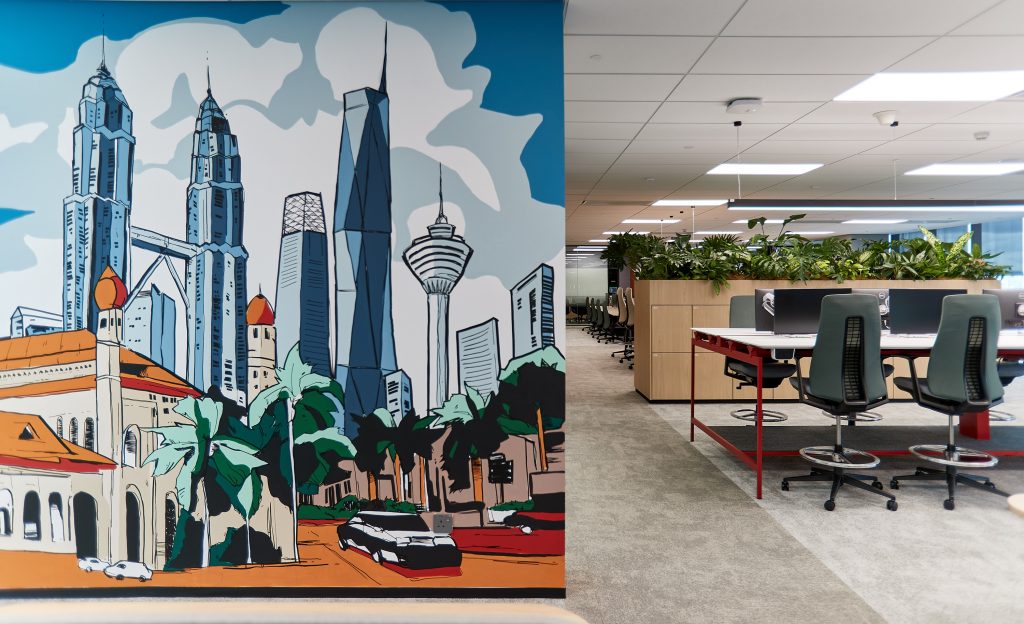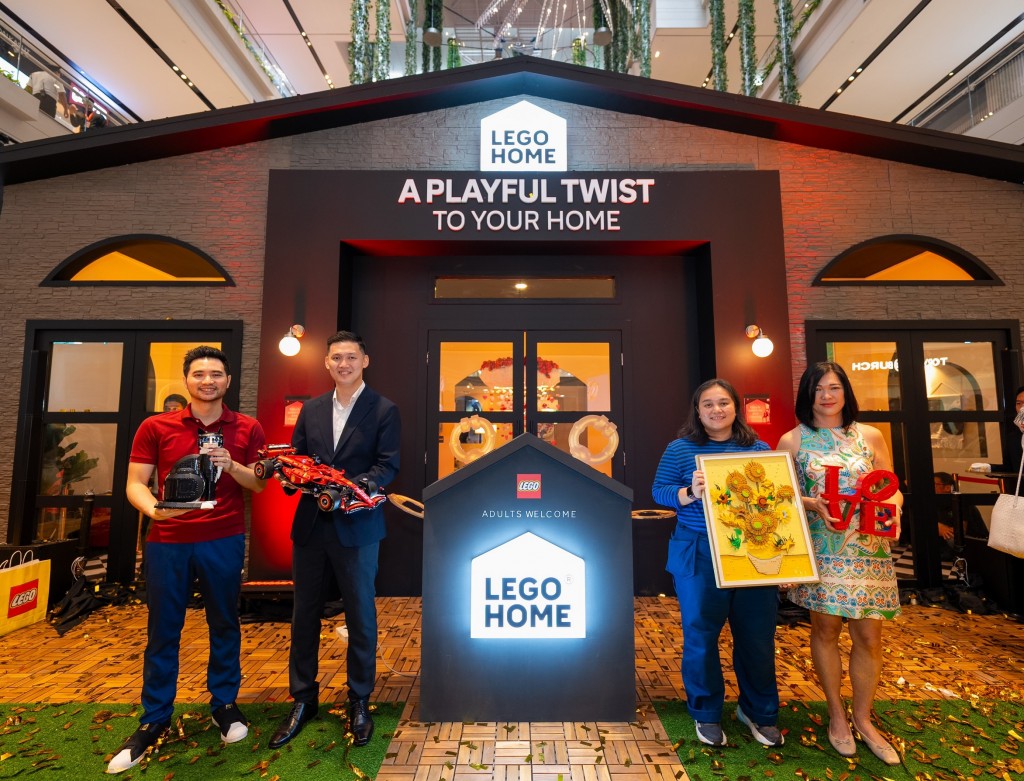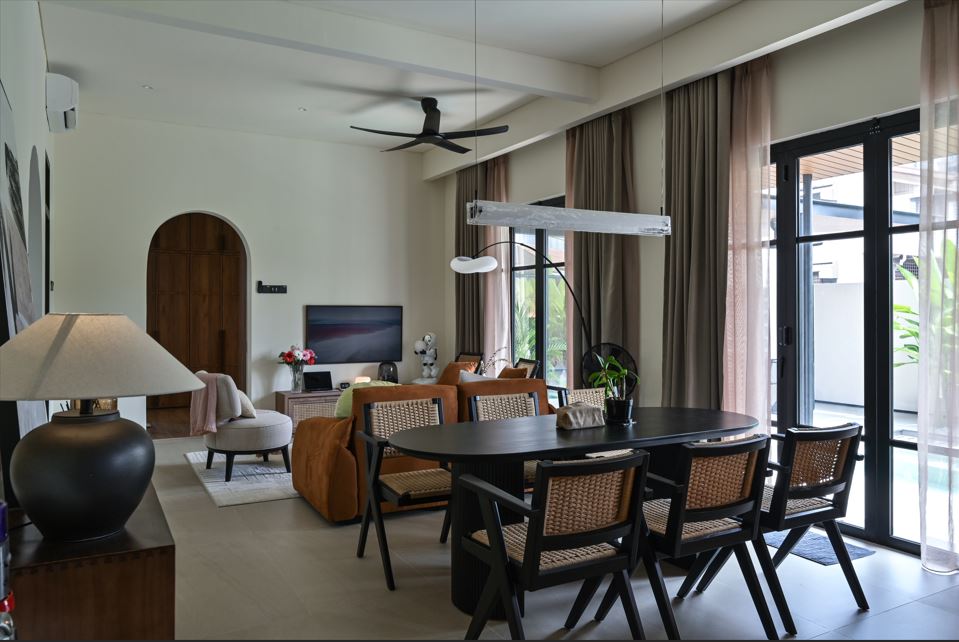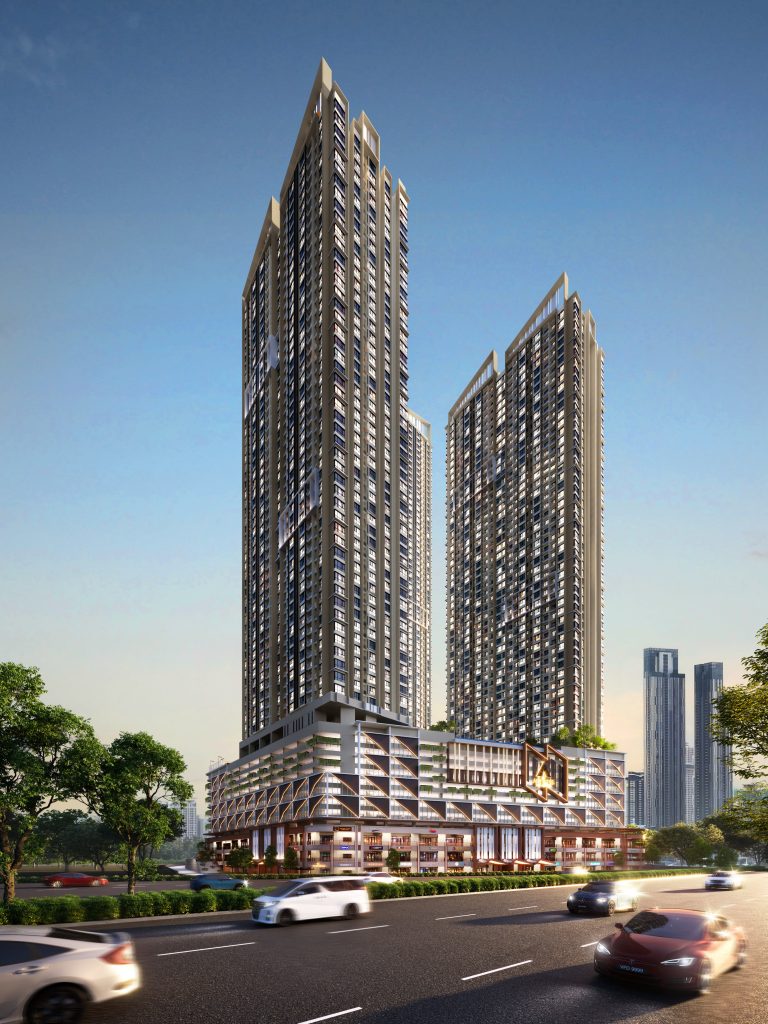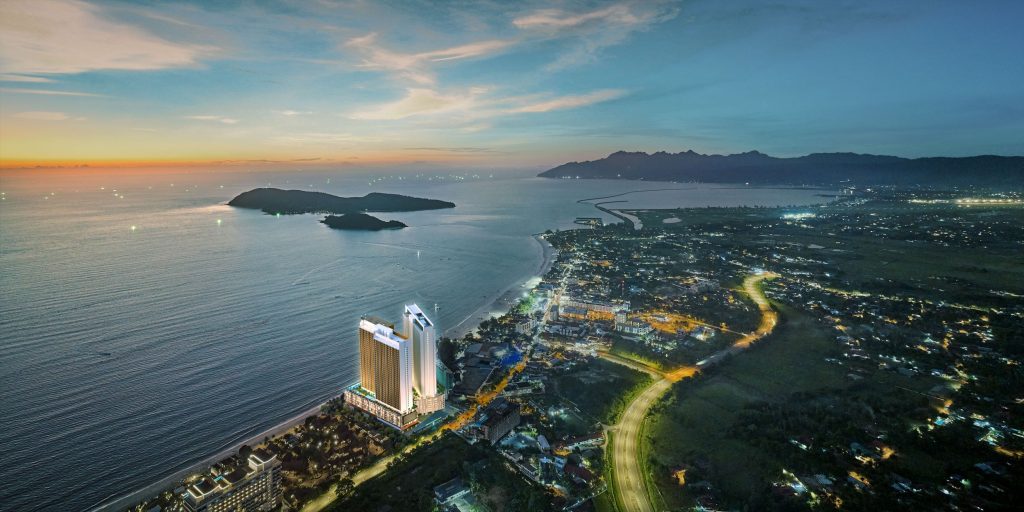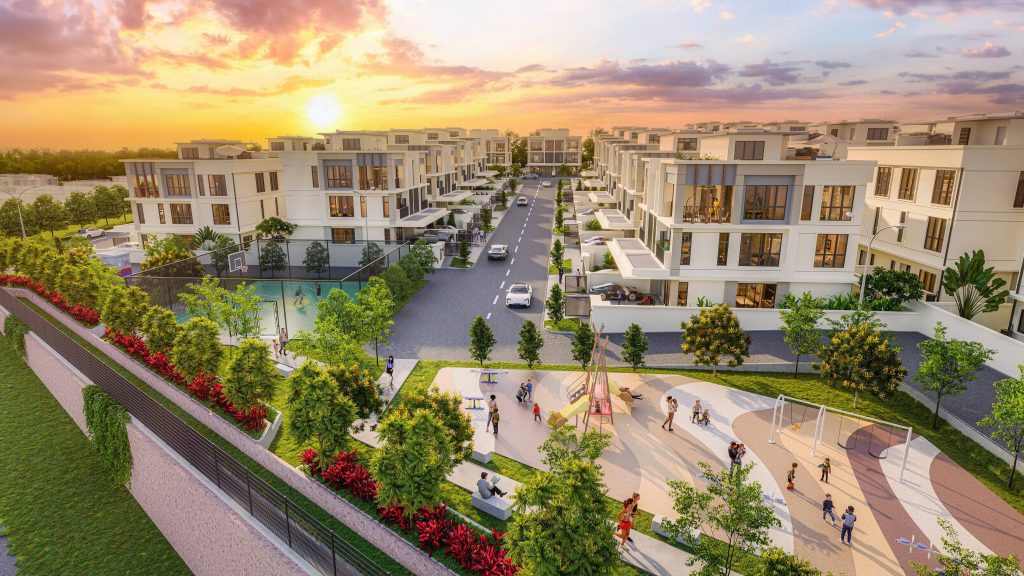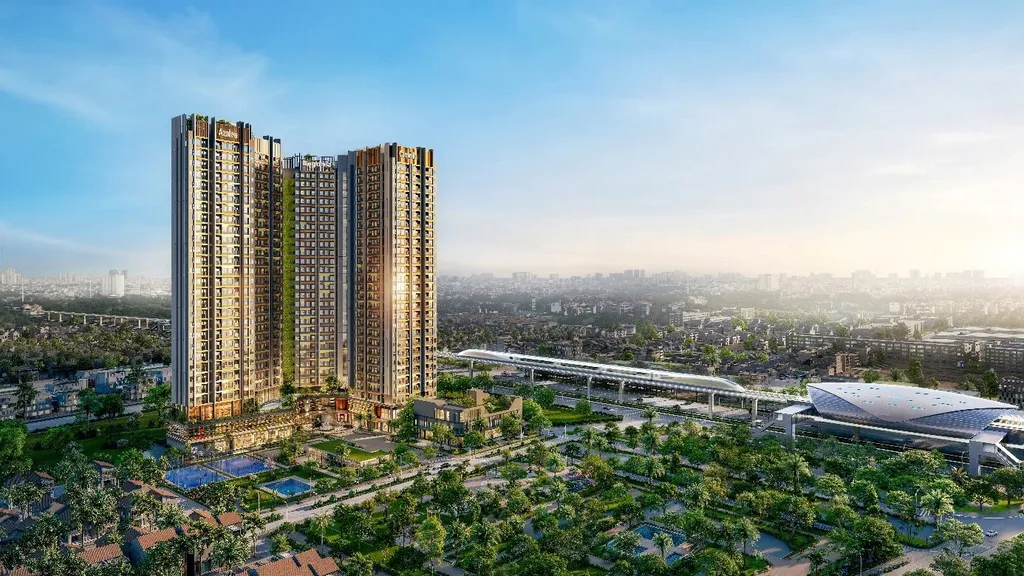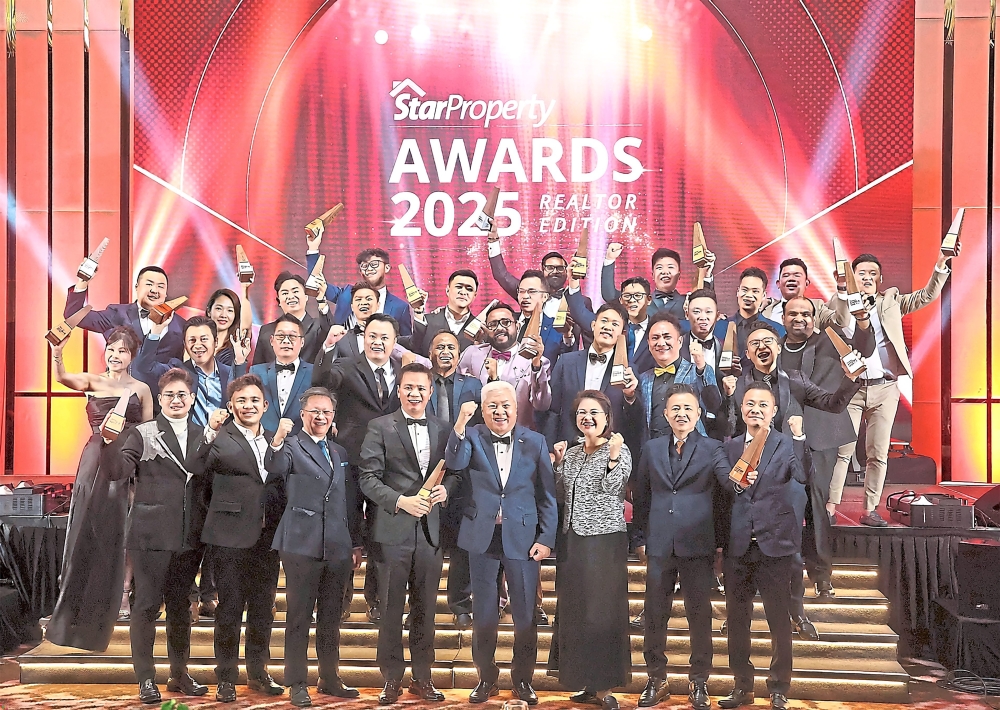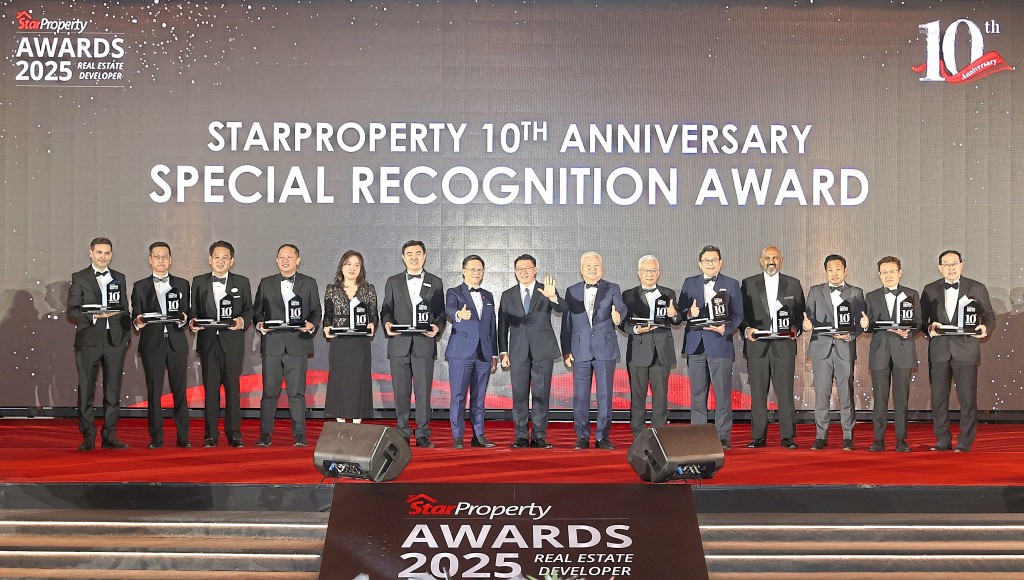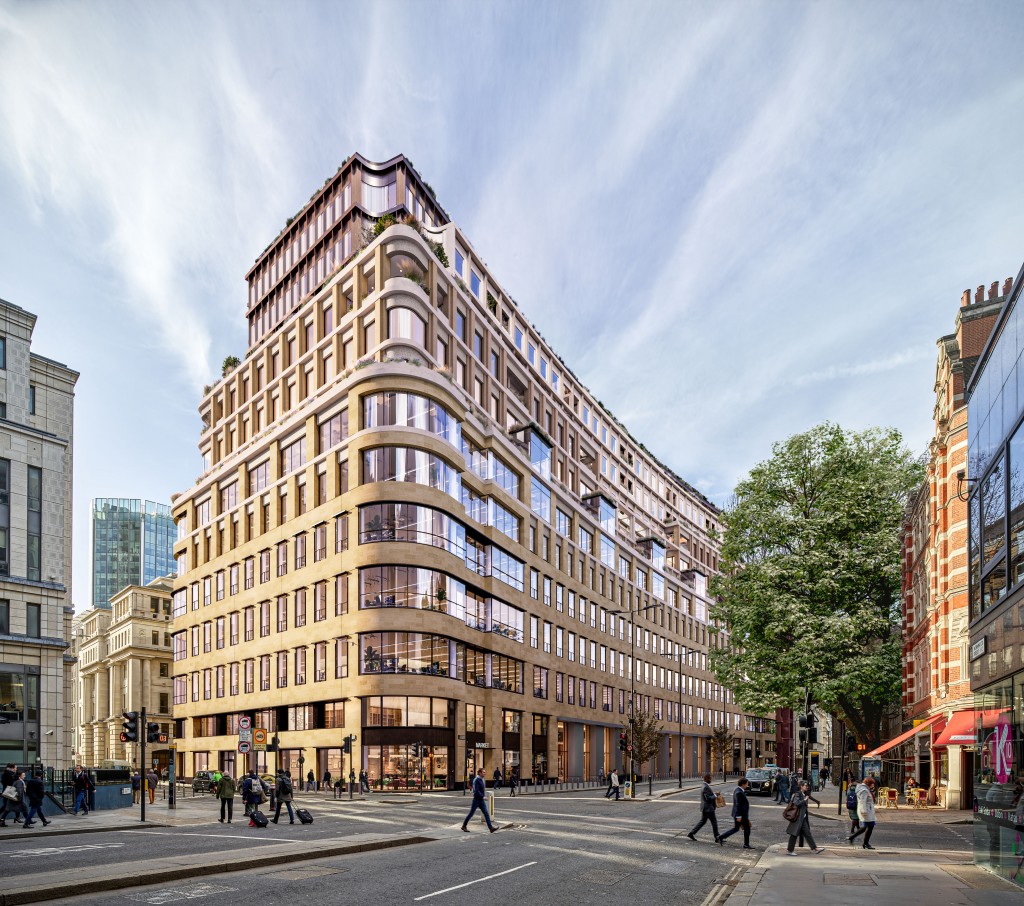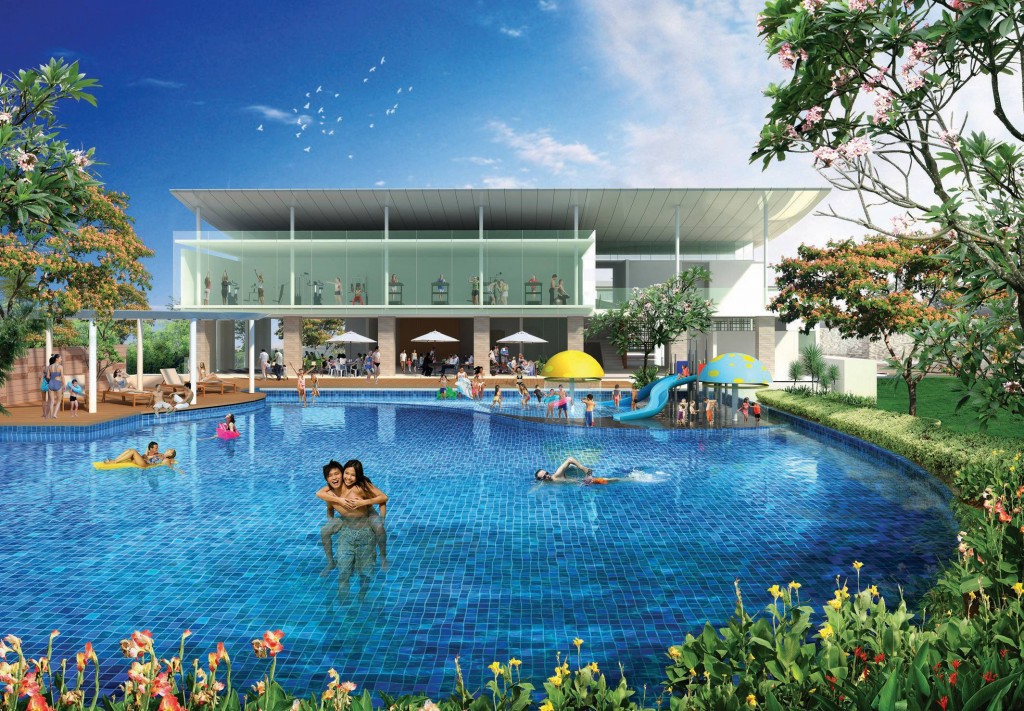Take a walk along any busy commercial street in Kuala Lumpur or Petaling Jaya and you might notice a puzzling scenario. Two shoplots in a heated price competition selling identical products, yet one pays nearly double the rent. Now, the reason behind this disparity is interesting because it all comes down to location and visibility. When a storefront faces the street, that precious frontage can make a huge difference in customer appeal. This prominent space serves as the first impression the business presents to potential customers.
For some tenants, this prime visibility is well worth the extra ringgit. For others, not so much. A quick internet search unveils the general consensus around frontage. Lot owners, property gurus and other experts think of frontage as more than just a facade but also a silent salesperson. The bigger, brighter and wider it is, the more eyes you capture. Having such incredible prominence will inevitably translate to lesser expenses on advertising as well.
Visibility equals opportunity
Being seen is always a top priority, especially for walk-in businesses. These could include restaurants, cafes and bakeries, hair salons and independent fashion stores. With the exception of e-commerce, shoppers rarely buy items they cannot even see. That is why most frontage or even corner lots are almost always occupied by such shops and rarely left unoccupied.
Besides that, fierce competition plays a major role as well. According to statistics portal Statista, Malaysia’s commercial real estate market is projected to reach RM967.52bil by the end of 2025, if growth momentum has kept steady at 2.3% annually. What this directly translates to is more competition, more market saturation and thus more pressure to stand out.
Certain businesses are not affected
Some businesses do not need to be front and centre when face value means little in the grand scheme of their work. Take an accounting firm for example. Paying higher rents for a high-visibility corner might make little sense because the customers are rarely walk-ins. Other examples could include back-end services that provide logistics or supplies.
An interesting segment to examine when thinking about frontage would be cloud kitchens. Unlike traditional restaurants that shove menus in a passerby’s face, cloud kitchens rely on reputation and online platforms. Paying for frontage in these cases might just squeeze margins without lifting income.
So before signing that lease, business owners need to ask the crucial question: Will increased visibility actually make me more profitable? Business owners should consider the frontage of their establishment as an investment rather than just a boost.
If a cafe already attracts a hundred walk-in customers daily, this target is achievable. However, for a consultancy that sees only ten clients per week, meeting that goal may be far less feasible. This distinction can mean the difference between profitability and significant loss.
How valuers price frontage
From an investor’s perspective, valuers assess frontage using global frameworks, such as JP Morgan’s commercial real estate valuation model, which includes three main approaches: cost, sales comparison and income. For frontage, the income approach is king. If a prime-front lot can attract better tenants and higher rents, it is worth more. Simple as that. But if the rent hike outpaces what tenants are willing (or able) to pay, the yield drops and the premium stops making sense.
Additionally, local advisory Association of Valuers, Property Managers, Estate Agents and Property Consultants in the Private Sector (PEPS) Ventures adds that investors here typically focus on rental yield and return on investment (ROI). Their advice is to check whether the rental premium aligns with achievable returns. If not, even the flashiest frontage is just window dressing.
Not all equal
In Malaysia, not all prime frontages are equal. A wide lot on a quiet side street will not perform as well as a smaller unit that is highly visible on a busy pedestrian walkway. Corner lots usually command the highest premiums, sometimes up to 30% more, because they offer double visibility and more signage space.
Other important factors include proximity to a transit stop or main road junction, space for alfresco seating or outdoor displays and transparent shopfronts that encourage walk-ins. Another factor that helps is having a strong anchor tenant nearby such as banks, grocery stores or cafe chains that attract steady foot traffic. As PEPS Ventures notes, street-front units with high visibility tend to outperform back-lane or upper-floor spaces but only if there is genuine consumer flow to capture.
The hidden costs should not be overlooked as well. Frontage lots always come with some fine print. Premium units usually carry higher service charges, stricter facade guidelines and sometimes mandatory signage approvals. Additionally, renovation and maintenance can be costlier because these frontages need to look polished year-round.
Lease tenure is important too. A short two-year lease provides little time to recoup the premium and fit-out costs while a lease of five to ten years allows you to build brand presence, reputation and customer familiarity. These are important because they are all the benefits that enhanced visibility is meant to provide.
According to the Malaysian Investment Development Authority (MIDA)’s Costs of Doing Business 2024 report, gross asking rents for prime office space in Kuala Lumpur range from RM6.50 to RM9.57 per sq ft per month. Even within a single township, rental prices can vary significantly based on location, visibility and building age. These figures highlight what many tenants already know. That a prime frontage is a luxury item and it must be evaluated like any other investment.
Some argue that a strong online presence can replace physical frontage. In reality, the two work best in tandem. A good physical frontage enhances discovery by catching people’s attention as they pass by. Digital marketing helps build loyalty by reminding customers to return. In an era of Instagram-worthy cafes and TikTok-worthy signage, both forms of visibility actually complement each other really well.
Essentially, the street attracts customers and social media keeps them coming back. Because Malaysia’s property scene is evolving fast and so are consumer habits. As the commercial market grows and competition for attention intensifies, frontage will continue to command a premium. But before signing the dotted line, crunch the numbers and remember that sometimes the best view in town is not the one that costs the most.
This article was first published on Starbiz7.
Stay ahead of the crowd and enjoy fresh insights on real estate, property development and lifestyle trends when you subscribe to our newsletter and follow us on social media.

